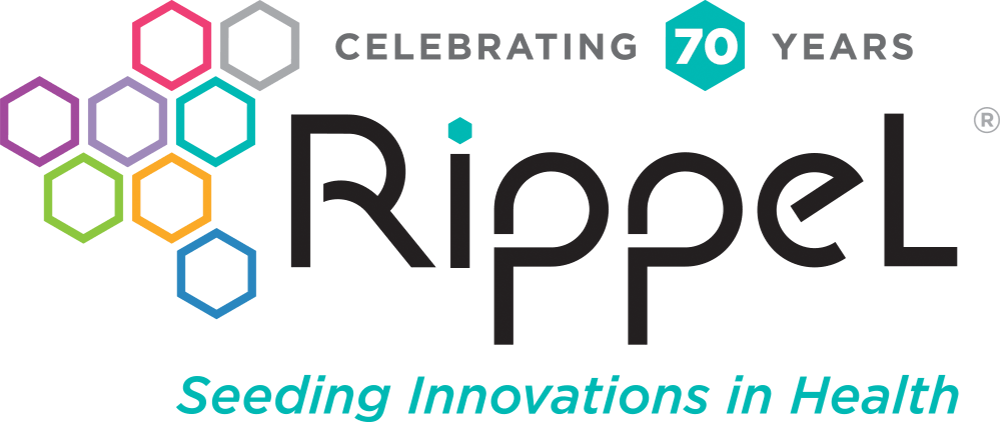The Stew BLOG
Regional Stewards: Nudging Systems Toward Health and Well-Being
This is the first in a five part series expressing some of what we’ve learned through our ReThink Health Ventures project about the role of stewardship in transforming health systems.
Transforming the system that produces health and well-being is no small task. To do it well, regional stewards must work together to facilitate the cross-sector collaboration and alignment that creates the conditions for lasting change. But what does that look like? What will it take?
Earlier this year, some of my ReThink Health colleagues published a paper in Health Affairs that began to shed light on the answers to these questions. The paper, Multisector Partnerships Need Further Development to Fulfill Aspirations for Transforming Health and Well-Being, received—and is still receiving—widespread reaction. Some multisector partnerships were happy to have answers to help guide their progress. But others found the information sobering. They thought the authors ignored the hard-fought gains they made over many years of collaborative effort. But I’d like to suggest a different take. The emergence of regional stewardship (be it through multisector partnerships or in some other way) may be, in and of itself, truly groundbreaking: a source to supply the “nudges” required for systems change.
You can’t control system outcomes, only provoke them
In his TED talk, David Snowden, a management consultant specializing in complexity and sensemaking, describes complex adaptive systems in nature, and the means by which they are changed. In such systems, everything is connected. If you can understand the connections then you can change the linkages in order to try and provoke different outcomes. Here’s the kicker, though: you cannot control the outcomes, you can only nudge things toward them. If you want change, you must first learn how one connection might lead to the next desirable outcome, and then nudge the system in that direction. That next desirable outcome is what is known as an “adjacent possibility.”
So, are regional stewards the agents of nudging? Yes! In Agreements of Transformation, Hinske et al posit that “societal scale transformation is never powered only by the intentions, decisions, and actions of one person or entity alone. For the most part, these processes are inherently articulated and moved forward in the context of collaborative efforts.” Through our Ventures project, my ReThink Health colleagues and I have learned many ways in which stewards can and do collaborate for transformation, provoking movement to adjacent possibilities in complex regional health systems. We share what we have learned in ReThink Health’s new and improved “Pathway for Transforming Health and Well-being Through Regional Stewardship.” You’ll see on our website that the Pathway is composed of three pieces. A graphic depiction of the Pathway is the most prominent, but right above that you’ll find a detailed description of the State of Stewardship in each Pathway Phase as well as Essential Practices for stewards interested in nudging toward adjacent possibilities.
There is so much more to learn, but through Ventures and our other work with regional stewards, we are more clear than ever about what it takes to transform health and well-being in a region. That’s because the diligent and committed stewards with whom we partner have been nudging their regional system, most notably by fostering and committing to new relationships of shared purpose, trust, joint accountability, and high aspirations. These are the building blocks along the Pathway; we just happen to have a courtside seat to document how they’re doing it.
Regional stewards are finding the connections, and provoking wisely
Snowden argues in his TED Talk that the proper way to measure change is through vectors (e.g., direction of change), not outcomes. Here’s an easy way to understand this: you know how many of us have fingertip access to music anytime we want it? Well, it wasn’t always that way. Vinyl records led to 8-track tapes, which led to compact cassette tapes. Then came compact discs, iPods, and MP3s. We may scoff at the 8-track tape player, but it was important on the journey to what we have today. The point is: each new thing was an adjacent possibility to what came before it; what we have now was not planned all along. And there were definitely nudgers—just ask Shawn Fanning and Sean Parker, the developers of Napster.
So, what does this have to do with regional stewards working together for health and well-being? Well, in a world that still largely operates on the notion that health is produced by health care, regional stewards are early adopters of the disruptive idea that there are many social determinants of health. This idea had been brewing for a few decades, when, in 2007, in the New England Journal of Medicine, Steven A. Schroeder, M.D. quantified the contributions of medical care, as well as those of social, environmental, and behavioral and genetic factors to the production of health. In short, he demonstrated that we do not become healthy by spending more on health care, but by improving conditions of work and life. A decade earlier, in 1996, Anton Avononsky posited an even broader paradigm encompassing well-being, in his theory of “salutogenesis.”
And here we are, almost in 2019, with a lingering mental model of health care as the primary producer of health, still powerful and sticky. Distinguished University Professor Emeritus James House wrote, in his 2015 book Beyond Obamacare, that: “We have remained fixated for a century or more on the notion that health policy is essentially health care and insurance policy.” He goes on to say, “I confess that it has taken me all my life to get beyond the conventional wisdom that health is primarily a function of health care. So I do not expect it to be easy…”
No, it’s not easy. How, in fact, do we move from a $3+ trillion a year system of medical care to one that produces health and well-being? No one knows for sure. But among the greatest provokers of a new mental model are regional stewards. They have been nudging their regions toward adjacent possibilities for years, jumping into the unknown, learning about the connections, and pushing toward the next desirable outcome. With each nudge, they urge the complex adaptive system closer to its next new form. They are acknowledging the nature of change, and doing their important part. And their numbers are on the rise, as documented in our 2016 Pulse Check.
By rallying around the social determinants of health and notions of well-being—including taking action to build collective aspirations and experiment with new forms of distributed leadership and collaborative accountability—regional stewards are the early pioneers of whatever that next new system will be. In this Ventures stewardship blog series, we will explore how they are leading this work. Next Tuesday, we will be sharing our latest tool, “A Planning Process for Developing a Resident Engagement Strategy,” via our online newsletter (if you haven’t signed up for that, please do so here). We will take a holiday hiatus then kick off the new year with a series of blog posts explaining how regional stewards distribute leadership to take on the work described in the Pathway.
In the meantime, please share your insights with us on this blog and the updated Pathway. How does all of this resonate with you? We’d love to connect and discuss! Comment below, use the hashtag #ThinkWithUs on social media, or email us at [email protected].

